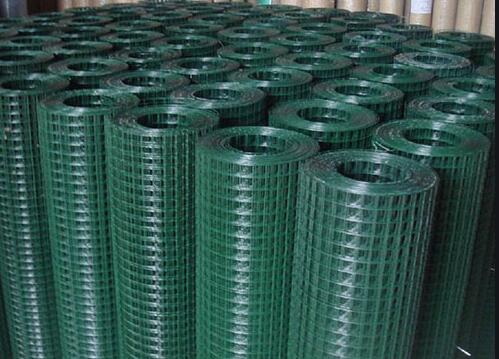The Essential Guide to Building a Vegetable Garden Wire Trellis
If you're looking to maximize space and productivity in your vegetable garden, a wire trellis might just be the solution you need. Trellises not only save space by encouraging vertical growth but also improve air circulation, enhance sun exposure, and make harvesting easier. This article will guide you through the process of creating your own vegetable garden wire trellis.
What You Need
To start, gather the necessary materials - Trellis Wire Choose galvanized or stainless steel wire for durability. - Posts Wooden or metal posts, about 6-8 feet tall, to support the trellis. - Wire Cutters For easy cutting of the wire. - Drill If you are securing posts into the ground with screws. - Zip Ties or Clamps To attach the wire to the posts securely.
Choosing the Right Location
Select a sunny spot in your garden, as most vegetables, including tomatoes, cucumbers, and peas, thrive with plenty of sunlight
. Ensure that the area has adequate drainage and isn’t prone to waterlogging, which can hinder plant growth.Building the Trellis
1. Install the Posts Begin by digging holes for your posts, ensuring they are at least 2 feet deep for stability. Space the posts according to the type of plants you're growing—typically about 4-6 feet apart. Set the posts in place, adding gravel for drainage, and then fill the holes with soil. Make sure to pack the soil tightly around the posts.
2. Cut the Wire Determine the height and width of your trellis and cut lengths of trellis wire accordingly. A taller trellis works best for climbing plants like tomatoes, while lower designs are suitable for peas and beans.
vegetable garden wire trellis

3. Attach the Wire Start at the bottom of the posts and work your way up. Wind the wire around the posts, securing it with zip ties or clamps every foot or so to create a sturdy grid. This will provide support for the climbing plants throughout their growing season.
4. Add Stabilization For added stability, consider diagonal bracing with additional wire or wood on the lower sections of the trellis. This will prevent the structure from swaying or collapsing under the weight of heavy vines.
Planting and Training Your Plants
Once your trellis is complete, it’s time to plant! Space your seeds or seedlings near the base of the trellis. As the plants begin to grow, gently guide their vines towards the trellis. You may need to tie them initially with soft plant ties to encourage horizontal growth along the wire.
Maintenance Tips
Keep an eye on your plants as they climb. Regularly check the integrity of the trellis and replace any damaged sections. Additionally, consider pruning your plants to promote airflow and prevent disease.
Conclusion
A vegetable garden wire trellis can be a game-changer for your gardening endeavors. By maximizing vertical space, improving airflow, and facilitating easier access, you’ll find that climbing vegetables not only thrive but produce a bountiful harvest. With a bit of planning and construction, you’ll set yourself up for gardening success and enjoy the fruits (and vegetables) of your labor!

















